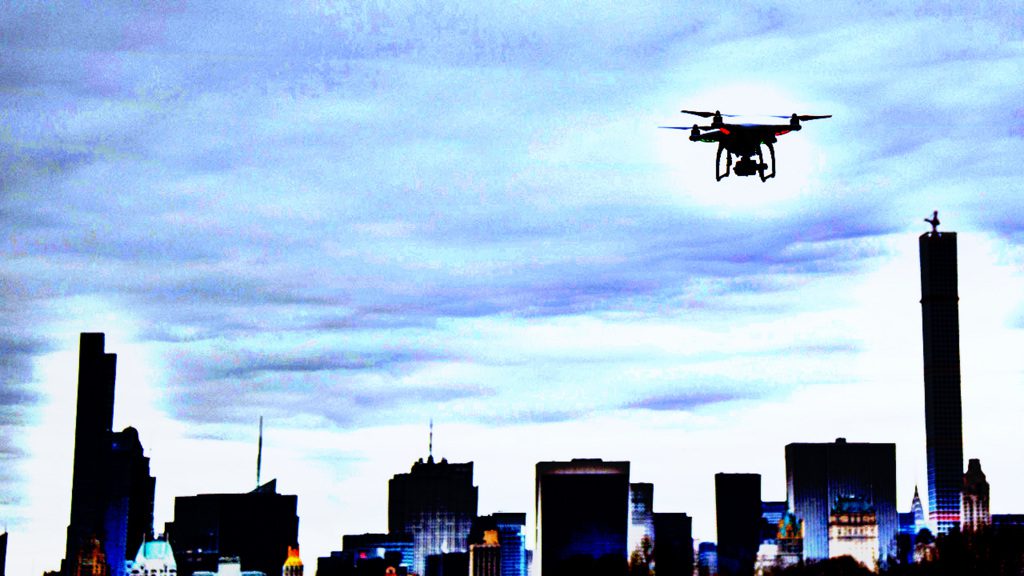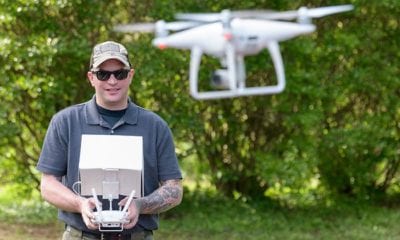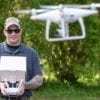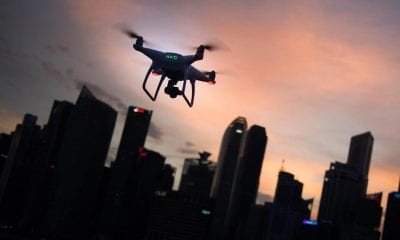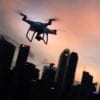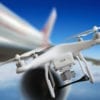Countering Rogue Drones
Drones seem omnipresent. According to the Federal Aviation Administration it has registered 1.1 million drones by mid-May of which approximately 1,000,000 operated by hobbyists and 197,000 by commercial and public entities. These drones range in size from about 250 grams to 55 pounds.
Unfortunately, this rise in drone use has also led to violations of privacy and security rules in varied ways. Take for instance, flying drones over military bases and sporting events like the Super Bowl. How does one tackle a situation in which a drone needs to be stopped?
Ken Dunlap, the managing partner of Catalyst-Go, a U.S.-based drone and autonomous vehicle consultancy is attempting to answer this ominous query. With huge experience in Catalyst-Go which specializes in the autonomous technologies industries, Ken Dunlap highlights the efforts being made by law agencies and has been following the progress in dealing with rouge drones.
Ken Dunlap says; ask yourself (and preferably your attorney) if you have the legal authority to interfere with that aircraft. Drone flying is permissible by federal law. The legal authority to take action evades common public yet, so if you’re looking to keep your legal bill low, don’t bother counsel, Dunlap suggests.
The authority to act is rendered in specific cases however. If you find yourself at the receiving end of a rouge drone’s activity, then assess if the counter measure technology you plan to use is allowed by law. The proposition of public acting against rouge drones seems bleak- for example; firearms laws in most jurisdictions likely prohibit you from shooting down a drone with your perfectly legal gun. Jamming technologies also run afoul of Federal Communications Commission regulations.
While authorities realize this problem exists, the legal and regulatory systems don’t permit counter-drone actions. Congress has been eyeing the issue and is working on legislation to at least authorize the federal government—the Department of Homeland Security and Department of Justice—to have the legal authority necessary to test and use counter-drone technologies.
There are numerous and complex legal drone use issues that need to be worked out at the state and local levels. Imperative are:
- Establishing communication between federal and state jurisdiction to counter devices essentially considered aircraft,
- Protecting manned aircraft from counter-drone activities,
- Protecting radio spectrum from counter-drone interference.
The fact that the military has gained deep experience in counter-drone operations during recent conflicts, protecting troops from drone threats will come in handy to establish and regulate counter drone measures in civilian use.
Adopting counter-drone technologies in the civil side will take some time, Ken Dunlap has outlines six basic categories: education, basic perimeter protection, kinetic weapons, electronic jamming focused on the command and control systems of a drone, denial/spoofing of GPS signals, and stealth coatings to mask critical infrastructure from drone sensors. Dunlap is working on elaborating each of these aspects of counter drone technologies.
Finally, here’s some more information on how Catalyst-Go can make your tech happen.

